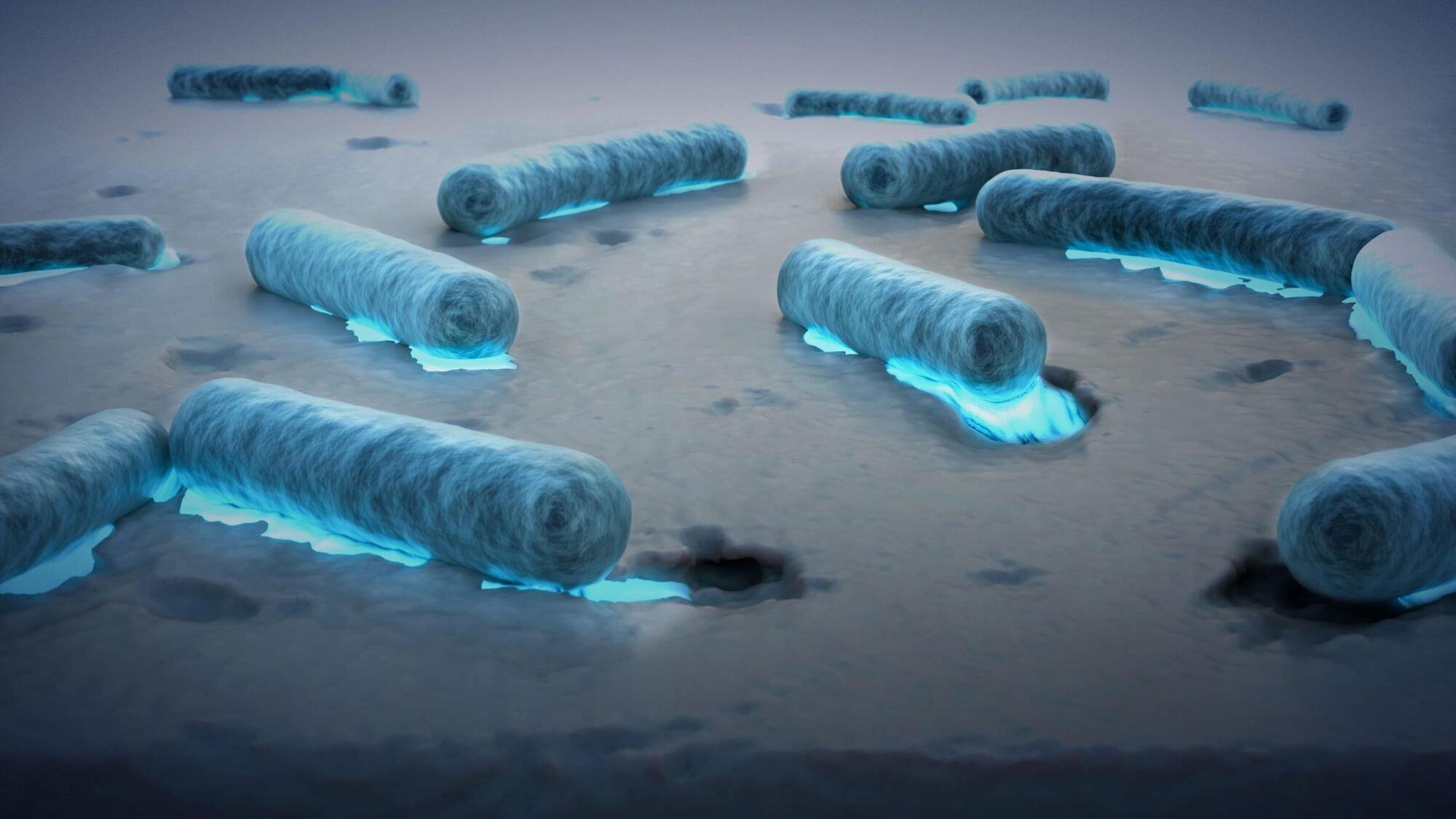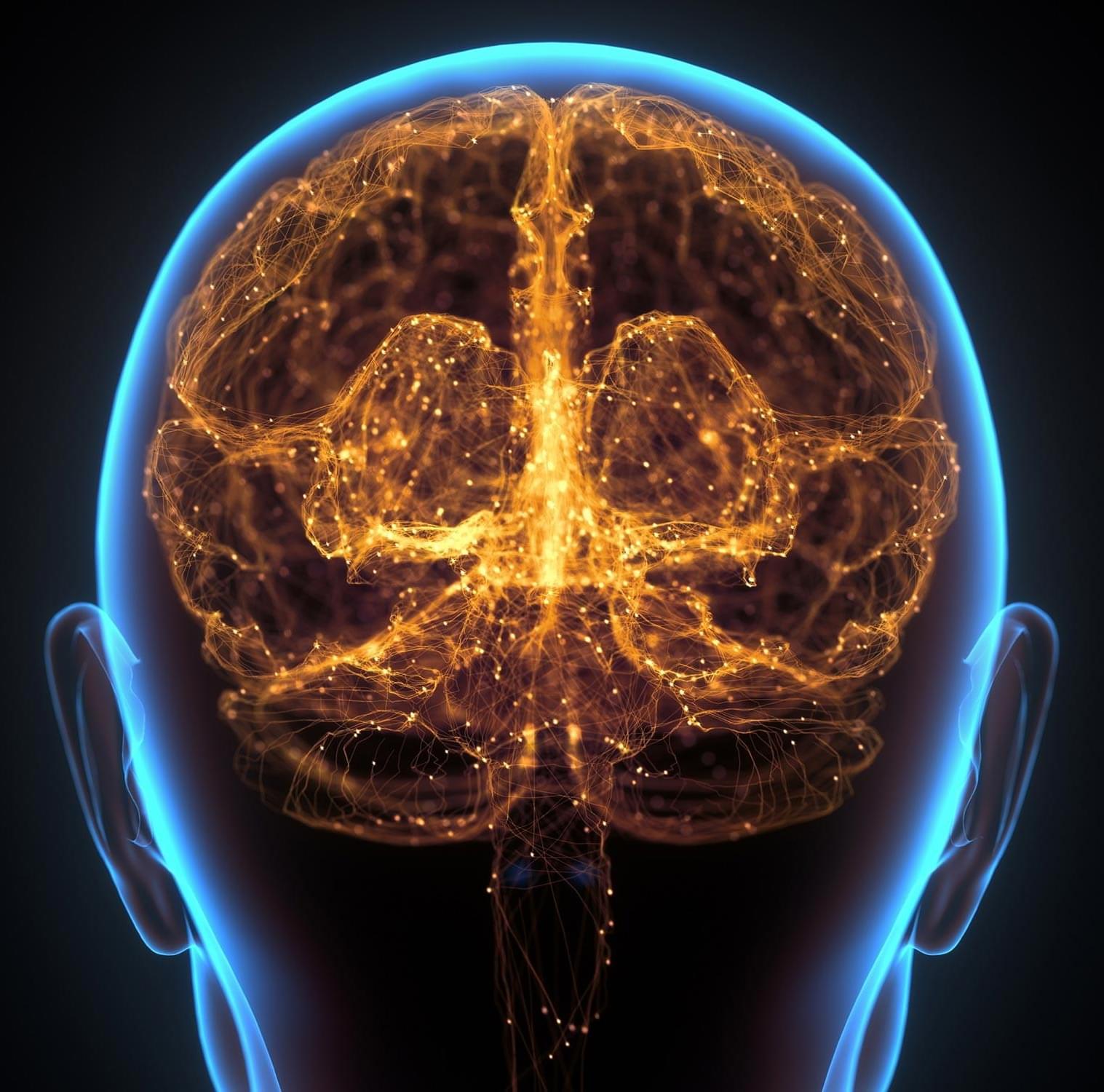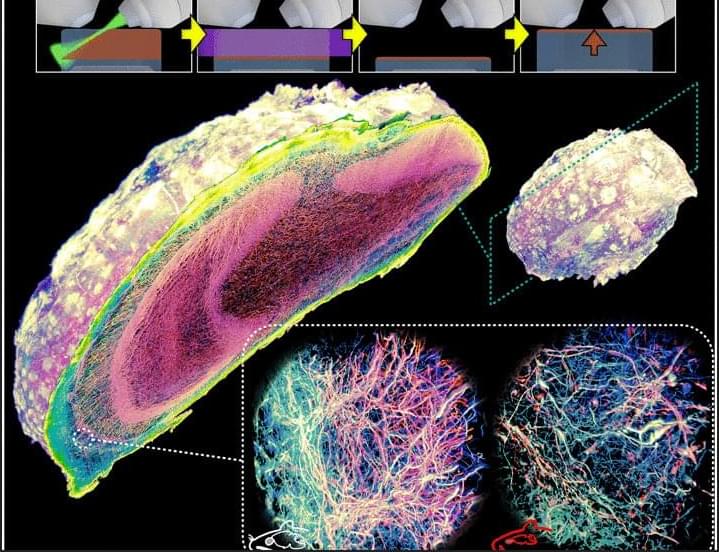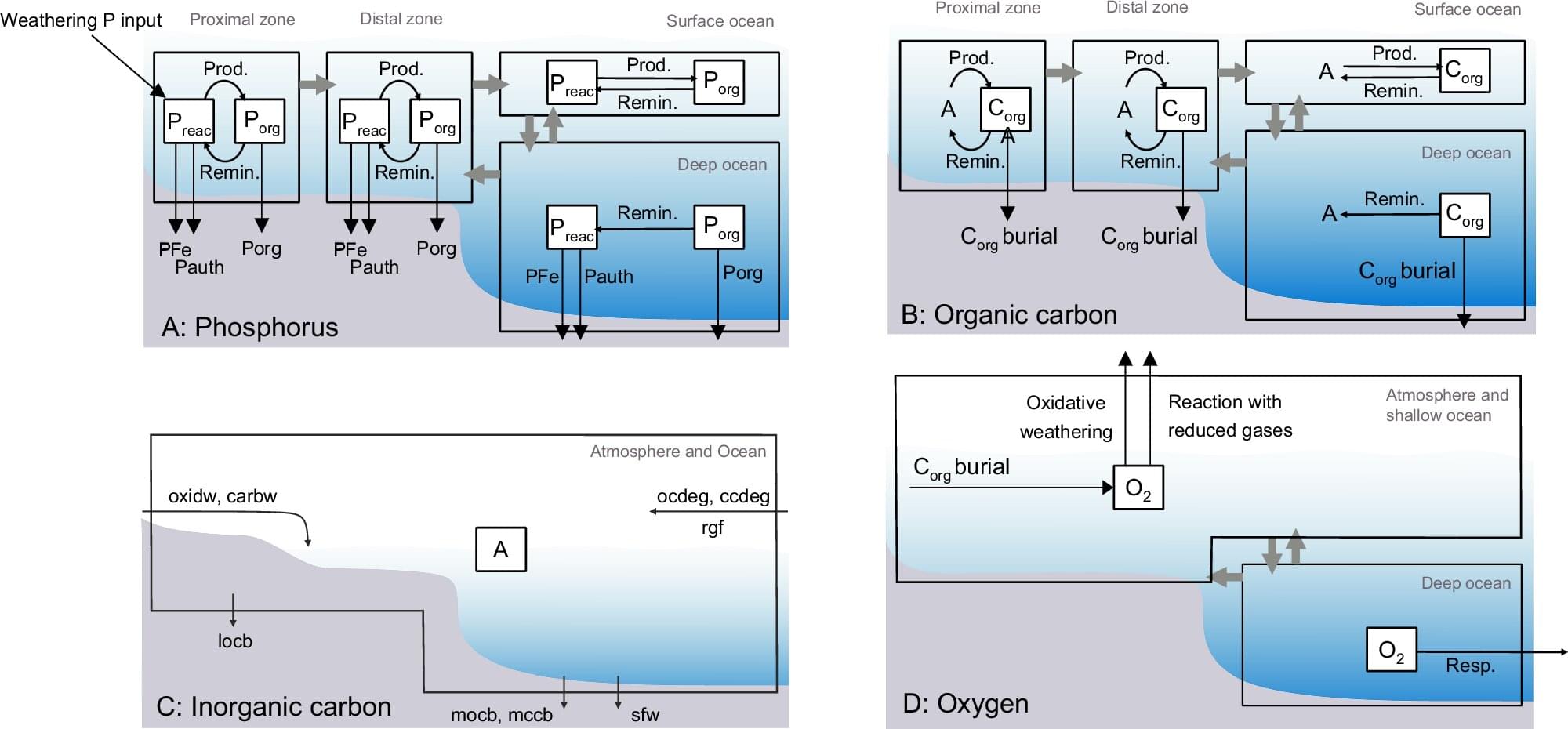Researchers at the USC Viterbi School of Engineering and School of Advanced Computing have developed artificial neurons that replicate the complex electrochemical behavior of biological brain cells.
The innovation, documented in Nature Electronics, is a leap forward in neuromorphic computing technology. The innovation will allow for a reduction of the chip size by orders of magnitude, will reduce its energy consumption by orders of magnitude, and could advance artificial general intelligence.
Unlike conventional digital processors or existing neuromorphic chips based on silicon technology that merely simulate neural activity, these artificial neurons physically embody or emulate the analog dynamics of their biological counterparts. Just as neurochemicals initiate brain activity, chemicals can be used to initiate computation in neuromorphic (brain-inspired) hardware devices. By being a physical replication of the biological process, they differ from prior iterations of artificial neurons that were solely mathematical equations.







